The shiny, silvery-white metal that has accompanied mankind for more than 5,500 years. Of the total world production of nickel, 68% is used in making stainless steel, 10% is used in the production of alloys made from nickel and copper bases, 9% occurs in stainless plating, 7% in making steel alloy, 3% used in foundries.
The rest (about 3%) is used for many other things, including the budding electric vehicle industry, which uses a lot of rechargeable nickel-containing batteries.
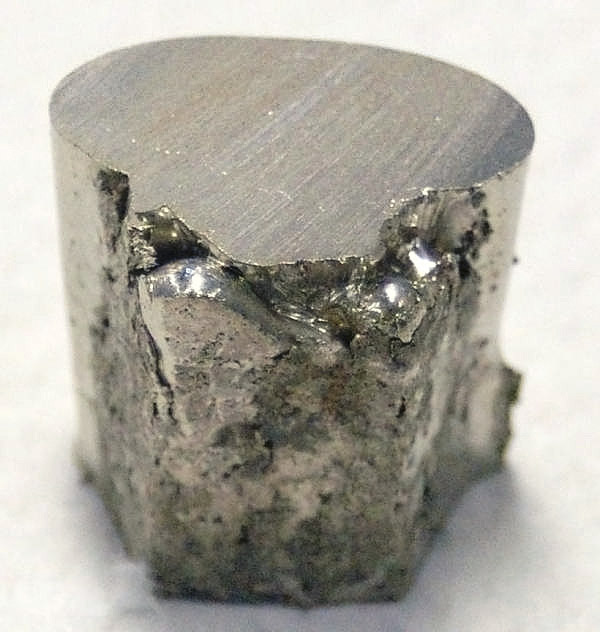
Image of a block of nickel.
On the other hand, we have the millennial story of the history of nickel metal. When the Germans of the Middle Ages discovered a golden metal that looked like copper ore at Erzgebirge (Ore Mountain), they tried to extract copper but failed. The blacksmith blamed Nickel, a mischievous figure in the German faith, and called the monstrous metal “kufernickel” (with “kufer” meaning “bronze” in German).
In 1751, Baron Axel Fredrik Cronstedt, a prominent Swedish chemist and mineralogist, attempted to separate copper from a block of kufernickel taken from a mine on the grounds of the village of Los. Contrary to expectations, the metallurgical process brought him a white metal unknown to science.
The baron named the metal “Nickel”, after an old German anecdote. Today, the village of Los, the starting point of historical ore samples containing “nickel – nickel”, becomes a popular tourist destination of Sweden.
In the US, the 5 cent coin contains 1.1 grams of nickel, 3.75 grams of copper. At the time of April 2007, the total value of these two metals in the 5 cent coin reached the threshold of … 9 cents. The large difference caused the Mint Department of the US Treasury Department to announce that people were prohibited from “forging” coins and selling metals; Violators can be fined up to $10,000 and imprisoned for up to 5 years.
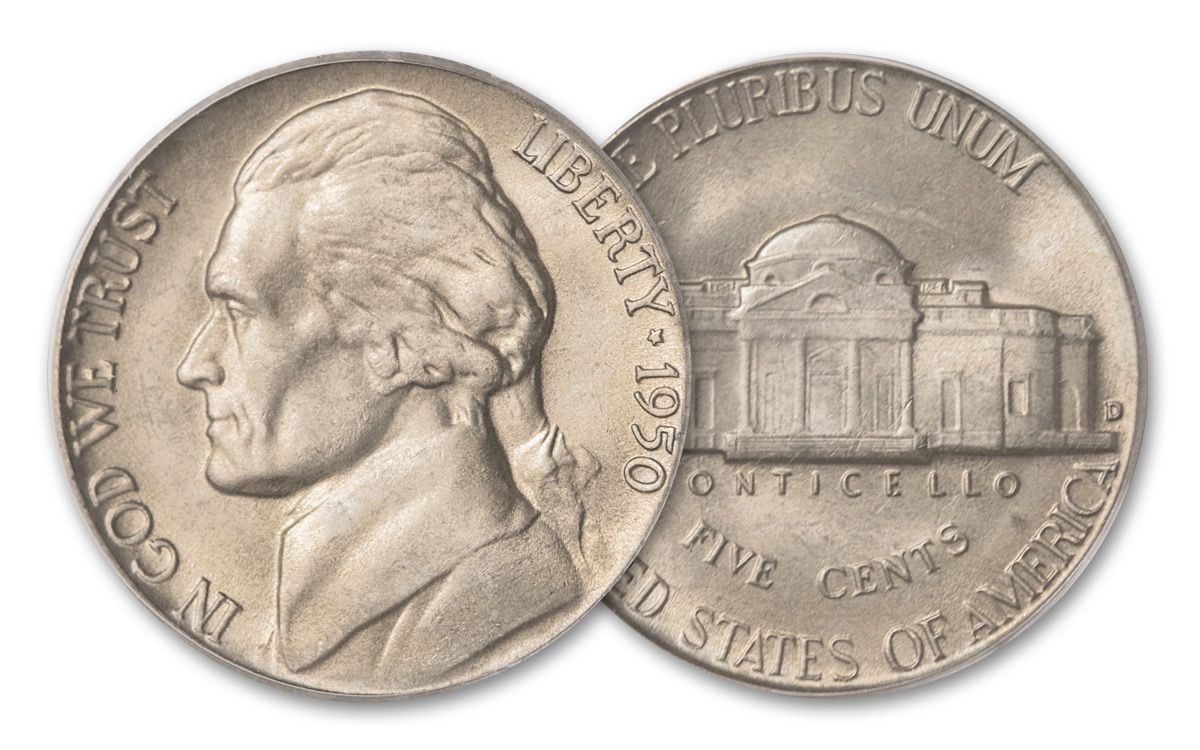
The US 5 cent coin contains a lot of nickel.
Mass-use metal with a difficult mining process
Besides the two metals iron, cobalt and the rare earth gadolinium, nickel is one of the four elements that are ferromagnetic when placed near room temperature. That means nickel is one of the elements used in the manufacture of magnets, and is also strongly attracted to magnet devices. Nickel is an essential metal in the production of rechargeable batteries, the technology that makes electric vehicles successful. However, only about 3% of nickel production nourishes the nascent industry.
Besides being ferromagnetic, which is used in many aspects of technology, nickel is also a metal widely used in the metallurgical industry and countless other consumer goods.
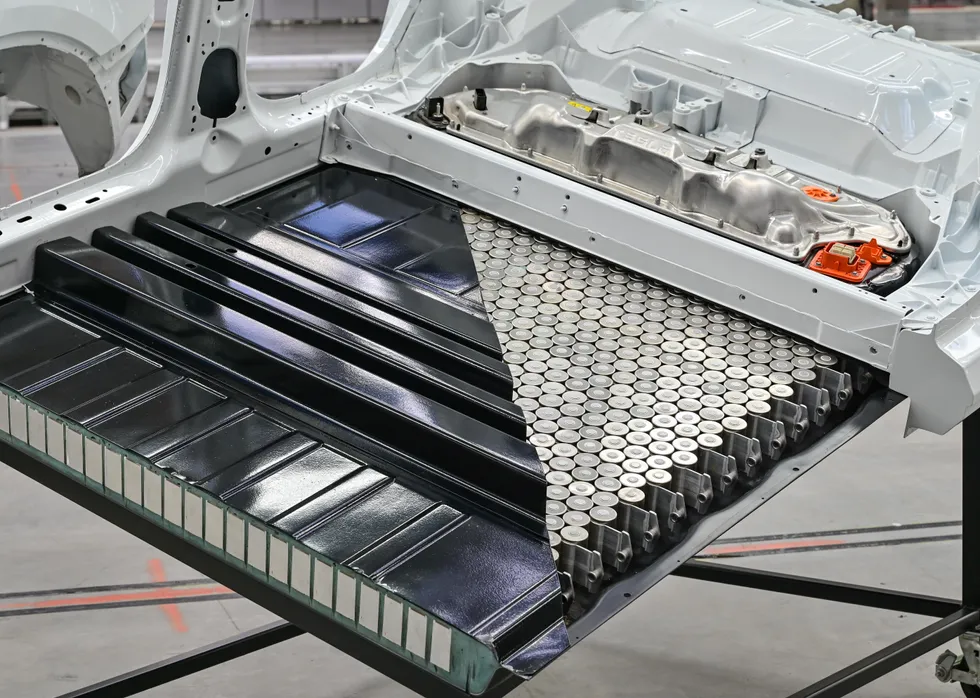
Electric vehicle batteries, or rechargeable batteries in general, require nickel metal.
Thanks to its anti-corrosion properties, blacksmiths thousands of years ago used nickel to plated objects. In today’s industry, nickel is an essential “functional food” that makes alloys strong, sturdy and enhances toughness. The list of elements that can pair with nickel to form strong alloys includes copper, chromium, lead, cobalt, silver and gold.
Rare and widely used, but only a few nickel exists in pure form. Nickel makes up a very small part of the Earth’s crust, besides it is present in the intestines of nickel-iron meteorites that are still suspended in space, never having been exposed to atmospheric oxygen.
On Earth, nickel often occurs with sulfur and iron in sulfide pentlanditeparallel to the sulfur in milleriteArsenic pairing in minerals nickelineand coexist with both arsenic and sulfur in natural minerals galena nickel. The Earth’s crust contains all 52 minerals with the element nickel.
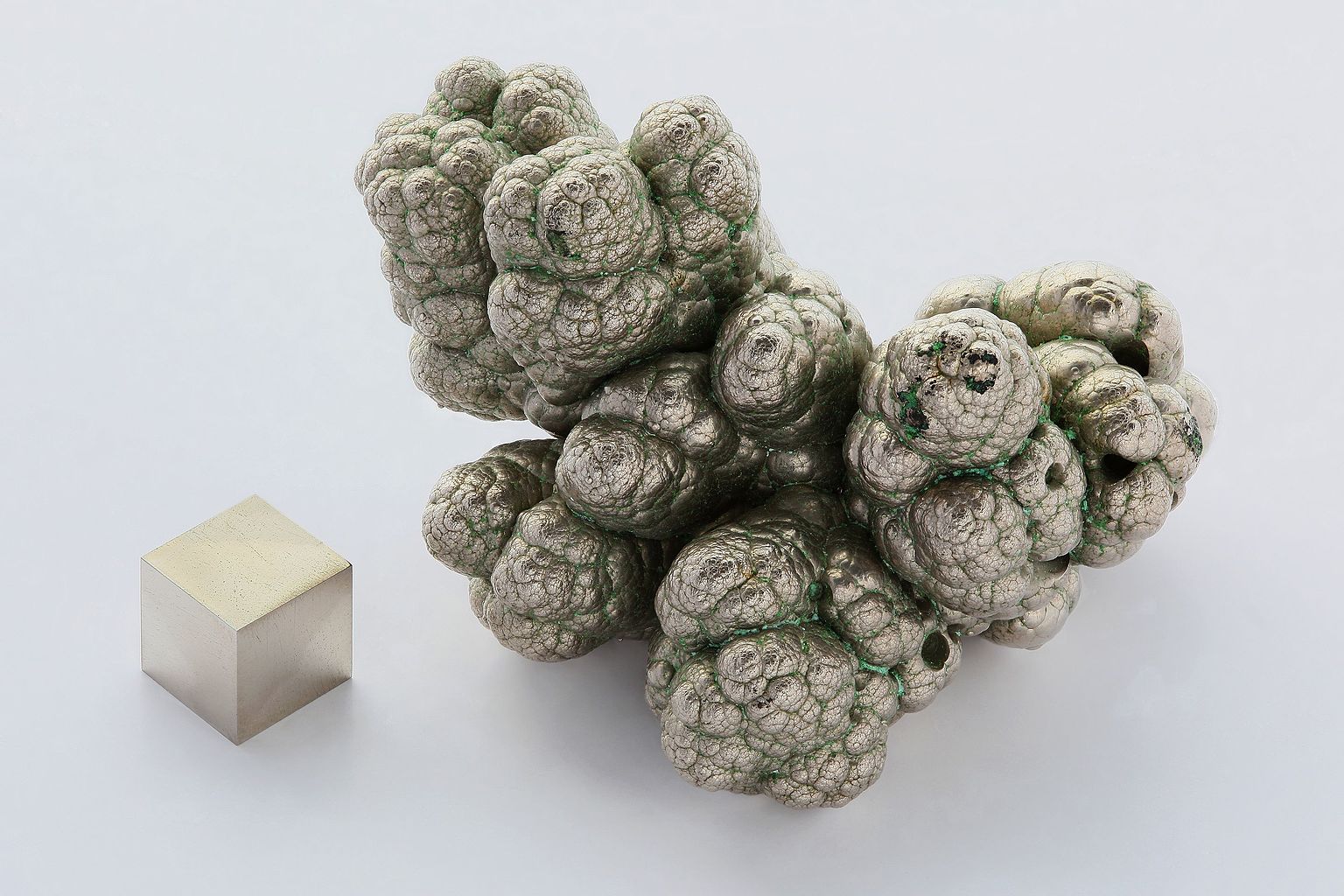
One cubic centimeter of electrolytically refined nickel is flanked by a block of crystalline nickel salts.
However, the mining industry mainly finds nickel in the following two ore deposits:
The first is laterite – the term for an iron and aluminum rich soil that usually forms in the hot and humid tropics. The main constituents of laterite include iron ore rich in nickel limonite, in addition to garnierite – a combination of water-bearing nickel and nickel-rich silicate.
Second, The mining industry also makes use of sulfide ore deposits containing many pentlandite minerals, which are rich in iron and nickel.
According to the survey, nickel accounts for 1% (probably more) of all land-based resources, equivalent to at least 130 million tons. Of that, about 60% of the nickel is located in laterite, the remaining 40% is stored in sulfide deposits.
High importance increases the risk of a dependent supply
According to estimates, the largest nickel reserves are located in Indonesia and Australia, accounting for 43.6% of the total global nickel reserves. Accordingly, Indonesia is the leading country in the amount of nickel mined annually.
Summarizing from the survey data in 2020, each year the mining industry brings 2.5 million tons of nickel from the ground, with Indonesia accounting for 760,000 tons, the Philippines accounting for 320,000 tons, Russia accounting for 280,000 tons, Australia accounting for 170,000. However, the world’s largest producer of refined nickel is Norilsk Nickel, the country with only the third most mined nickel in the world.
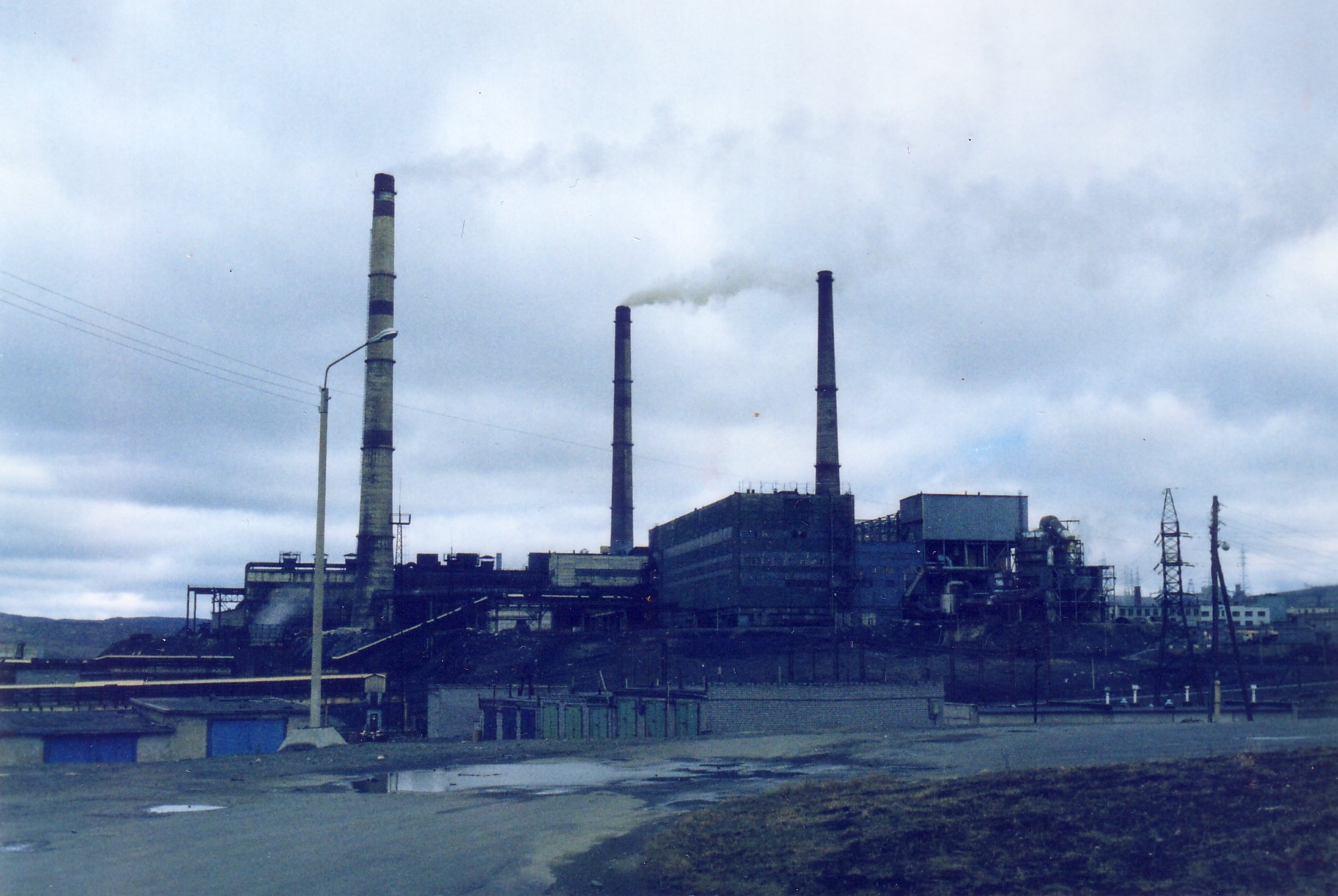
Norilsk Nickel Manufactory.
With headquarters in Moscow, the business from Russia is under a lot of pressure from political tensions that are still escalating day by day. Immediately, the world’s nickel supply was affected, directly affecting the thriving electric vehicle industry. But this is also an opportunity for countries with large nickel reserves to realize their huge potential.
According to data from the Vietnam Government Information channel, the total nickel reserves and resources in Vietnam are estimated at 3.6 million tons, mainly concentrated in the provinces of Thanh Hoa with more than 3 million tons, Son La with 420,523 tons and Cao Bang with reserves of 133,677 tons. In a time of great volatility, the potential from Vietnam’s nickel mines can help us affirm our position in the global supply chain, and at the same time help Vietnam become self-sufficient in battery technology essential to the technological age.
Epilogue
Humanity will never worry about lack of nickel. Looking up or looking deep down, we all see the presence of precious metal.
Nickel reserves account for only 1% of the total resources on land, but in the seabed, at a depth of 3.5 to 6 km above sea level, a rich nickel deposit is still waiting for technological development. ripe. Residing in the Clipperton Rift off the coast of the Pacific Ocean, small polymetallic blocks rich in rare earths and precious elements are still waiting to be mined. It is estimated that nickel reserves in polymetallic blocks amount to 1.7%.
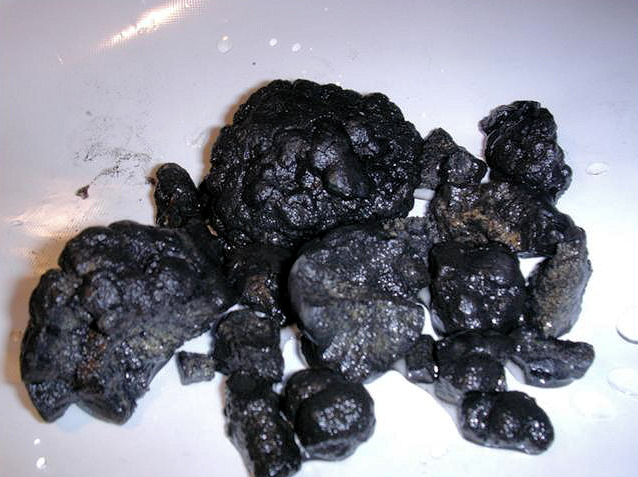
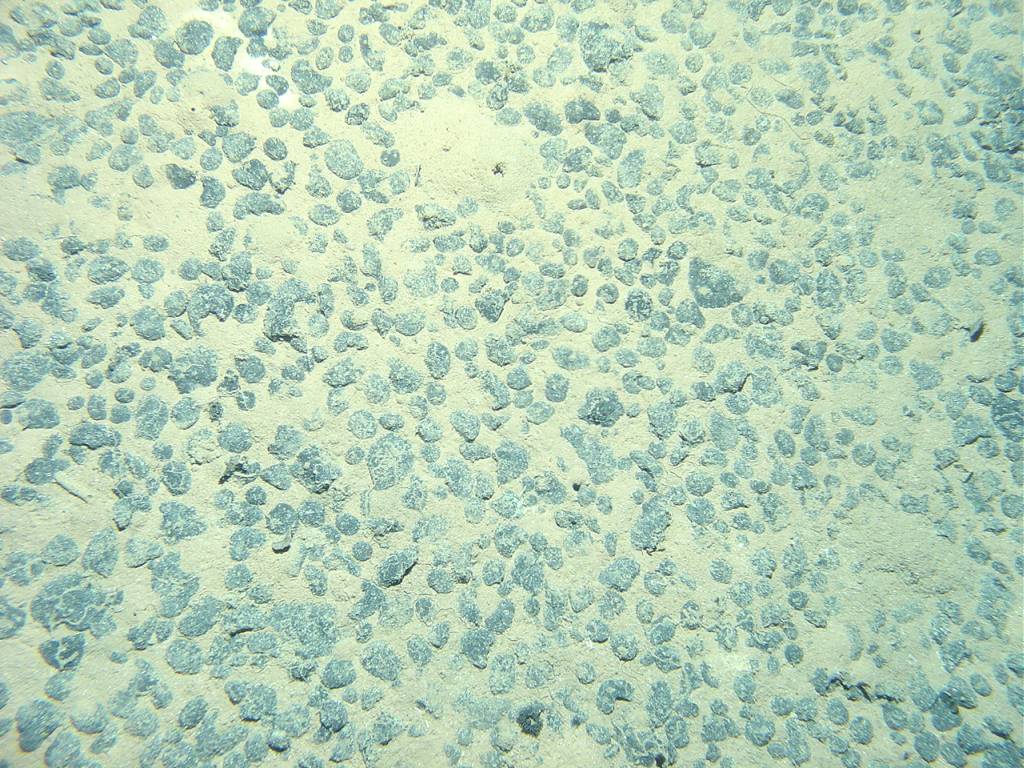
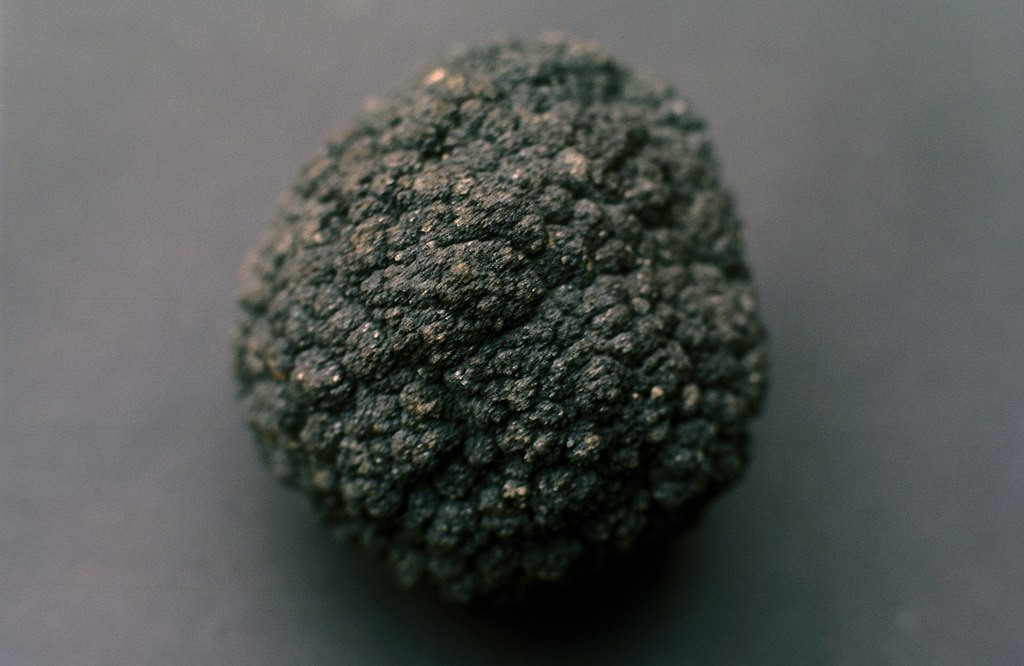
Multi-needle blocks on the seabed.
And when making full use of the available energy on Earth, humanity can head to space to find new conquering horizons. With the ability to mine minerals on meteorites, we could soon become the species that rule the Solar System.
Just dreaming for now. In order to have a future that still lies within the vast field of “fiction”, humanity needs to rise from the most solid foundations. And a foundation made of many precious minerals, such as nickel/nickel/nickel, is a solid foundation.
